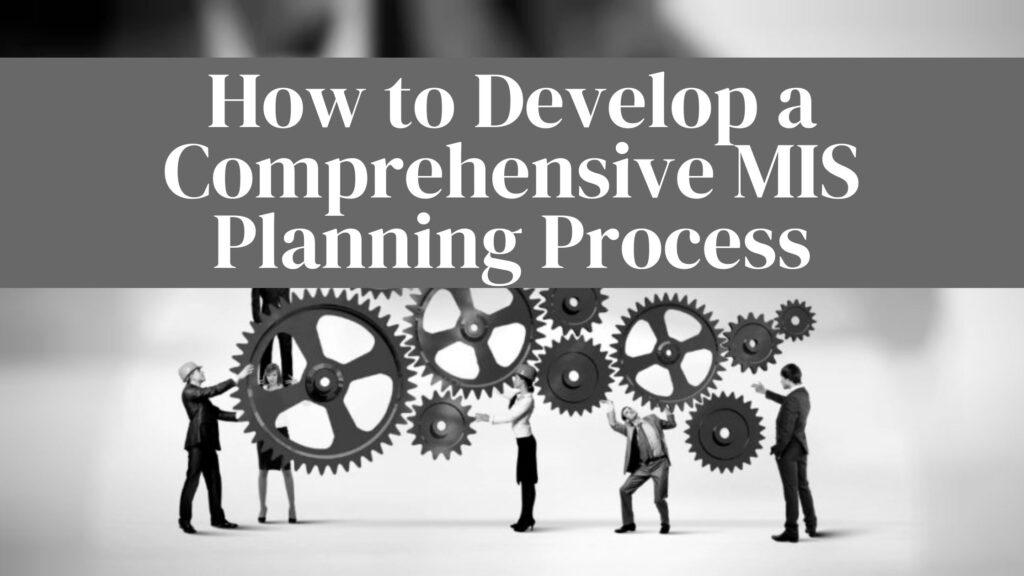Having an effective Management Information System (MIS) is crucial for any organization to make informed decisions and stay competitive in today’s digital age. Developing a comprehensive MIS planning process is essential to ensure that the system meets the unique needs of your organization. Here are some steps to help you develop an effective MIS planning process.
1. Identify Organizational Goals and Objectives:
The first step in developing an MIS planning process is to identify the goals and objectives of your organization. This will provide the foundation for developing an MIS that supports these goals and objectives. Consider the specific information needs of different stakeholders, such as management, employees, and customers.
2. Assess Current Information Systems:
Evaluate the existing information systems in your organization to identify any gaps or areas for improvement. This can include reviewing the technology infrastructure, software applications, data management processes, and the skills and capabilities of the staff involved in managing the MIS.
3. Determine Information Needs:
Once you have assessed the current information systems, identify the specific information needs of each department or function within your organization. This includes identifying the types of data and reports needed, as well as the frequency and format of information required for decision-making.
4. Define Key Performance Indicators (KPIs):
Determine the key performance indicators (KPIs) that will be used to measure the success and effectiveness of the MIS. These KPIs should align with the goals and objectives of the organization and provide a way to track progress and identify areas for improvement.
5. Develop Data Collection and Analysis Processes:
Design data collection and analysis processes that enable the organization to gather the necessary information to support decision-making. This may involve implementing data collection tools, establishing data quality standards, and creating data analysis methodologies.
6. Select Appropriate Technology Solutions:
Identify and select the technology solutions that will best support the MIS. Consider factors such as scalability, security, integration capabilities, and ease of use. It is important to involve IT professionals in this process to ensure that the selected technology aligns with the organization’s overall IT infrastructure and architecture.
7. Train and Educate Staff:
Provide appropriate training and education to staff members involved in managing and using the MIS. This includes training on how to use the technology solutions, analyze data, and generate reports that meet the information needs of the different stakeholders.
8. Monitor and Evaluate:
Regularly monitor and evaluate the effectiveness of the MIS to ensure it continues to meet the evolving needs of the organization. Collect feedback from users, assess KPIs, and make necessary adjustments to improve the system.
By following these steps, you can develop a comprehensive MIS planning process that aligns with the goals and objectives of your organization. An effective MIS will provide timely and accurate information to support decision-making, improve operational efficiency, and drive overall organizational success.
